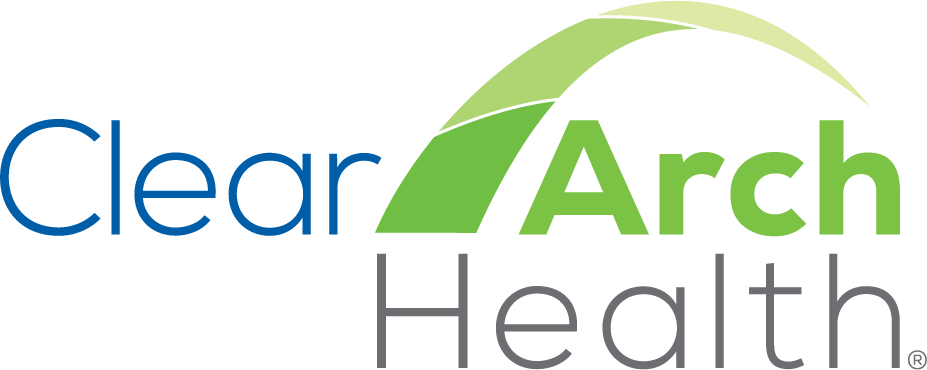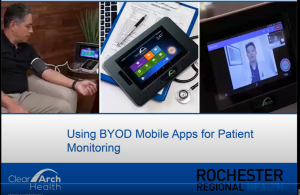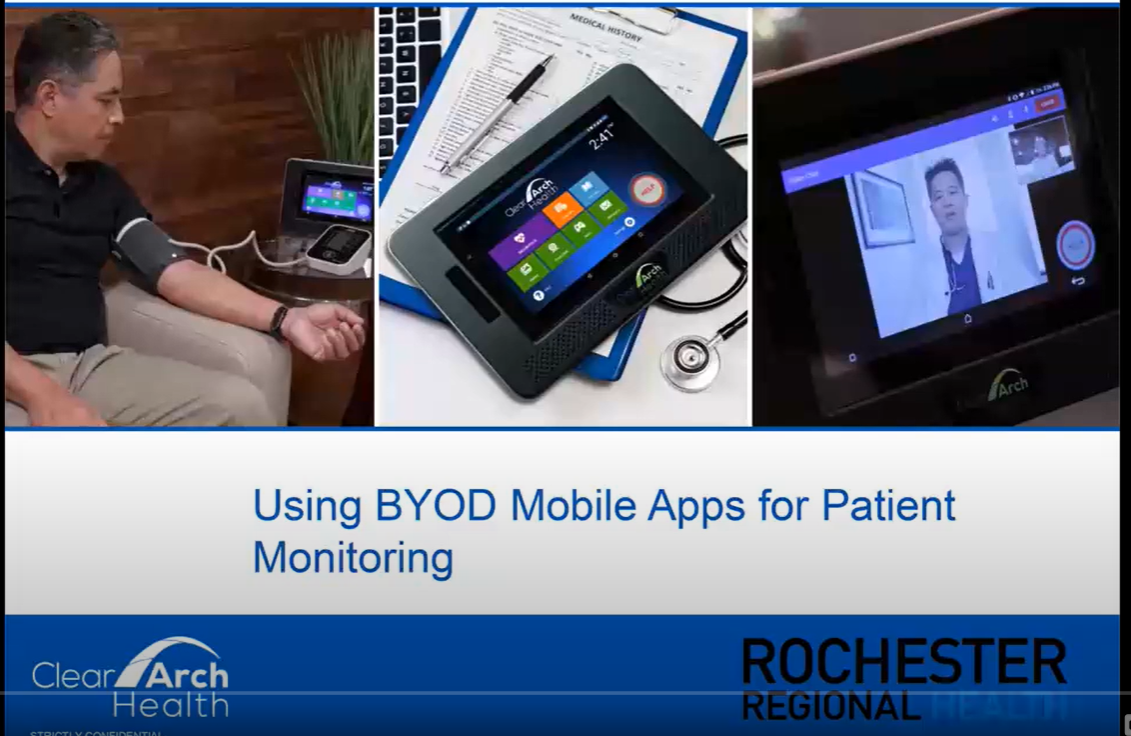Medical providers in the United States have experienced “utilization shock waves” due to the COVID-19 pandemic. Many people have avoided or delayed their routine care, and even necessary emergency room visits. As a result, the first months of the pandemic saw utilization of both inpatient and outpatient services unrelated to Coronavirus Disease 2019 (COVID-19) dropping severely, causing furloughs of medical personnel. And even more concerning, both ongoing care for patients with chronic conditions and patients who needed preventive screenings has declined.
While outpatient volumes are rebounding for many specialists, my co-authors and I recently wrote of the “untold burden” of the missed services during COVID-19.1 A recent JAMA article noted the “excess mortality during the initial months of the pandemic and concluding that basically one-third of the observed excess deaths were unrelated to COVID-19.2 Other reports have documented the decline in inpatient cardiac and neurologic admissions during Spring 2020. Preservation of both heart muscle and brain cells are time-dependent on emergency care. These numbers confirm that patients with acute conditions were unable or afraid to go to the emergency room. Anecdotally, several of my colleagues who are emergency room physicians knew this early on, and we wondered where all the heart attacks were. Would we return to the world before acute coronary intervention, when people had heart attacks and many survived, just with less myocardium and more disability?
But as a primary care internist focused on population health, I worried equally about the long-term toll on those with one or more chronic conditions. Were hypertensives experiencing more poorly controlled blood pressure and heart failure patients stopping their medication and/or dietary regimes? And what was the result? For diabetics, this is particularly important. I wondered if diabetics were backsliding on their glucose control. A diabetic with a lower extremity ulcer that progresses, for example, could result in a preventable amputation. Supporting this concern, an article out of Italy already reports a tripling of the percentage of diabetic foot ulcer admissions that come from the emergency setting.3 The cumulative toll will take years to measure but could have a large impact.
Thank goodness for telemedicine and telehealth services. Removal of payment and regulatory barriers allowed for the rapid adoption of telemedicine by primary care and specialist physicians. Nearly half (43.5%) of Medicare primary care visits were provided via telehealth in April 2020, compared with less than one percent (0.1%) just two months prior.4 Whatever acute and long-term impact we will experience from missed or delayed medical services during the prolonged COVID-19 pandemic, is certainly mitigated by the availability of telemedicine to manage chronic conditions.
Telemedicine has been met with skepticism about the equivalence of a video visit and an in-person visit. Of course, it is a different experience. However, many in-person visits are not clinically necessary, especially when a provider/patient relationship already exists. Often, the value of the encounter is provider/patient communication and reinforcement, and the physical exam is not needed at every touchpoint. It was the reimbursement system which dictated that patient encounters had to be in-person, but that has changed during the COVID-19 pandemic.
Technology has made “telehealth” broadly, and “telemedicine” (provider /patient diagnosis and treatment) possible and it continues to improve. Patients can access help despite remote locations, transportation barriers, and pandemic-necessitated social distancing. Additionally, remote patient monitoring can add physiologic data to provider decision-making.
COVID-19 let the telehealth “horse out of the barn.” We need to keep the barn door wide open and continue to build telehealth into programs for efficient management of patients with chronic conditions.
References:
- Nash, D, Angelo, M, Nash, E et al. We Know Health Is Not Elective: Impacts of COVID-19. Population Health Management Vol 23, No. 5, Oct 2020. DOI: 10.1089/pop.2020.0161
- Bilinski A, Emanuel EJ. COVID-19 and Excess All-Cause Mortality in the US and 18 Comparison Countries. JAMA. Published online October 12, 2020. doi:10.1001/jama.2020.20717
- Bosworth A, Ruhter J, et al, Medicare Beneficiary Use of Telehealth Visits: Early Data from the Start of COVID-19 Pandemic. Washington, DC: Office of the Assistant Secretary for Planning and Evaluation, U.S. Department of Health and Human Services. July 28, 2020.
- Caruso, P et al. Diabetic Foot Problems During the COVID-19 Pandemic in a
Tertiary Care Center. Diabetes Care. October 2020. https://doi.org/10.2337/dc20-1347
 Es Nash, MD
Es Nash, MD
Clear Arch Health Healthcare Advisory Board Member
Esther (Es) Nash is a physician and healthcare physician executive with 30 years of leadership and management experience in health plans, provider organizations, and health services. Her most recent position was with Deloitte Consulting, LLP, where she served as Specialist Executive, Healthcare Strategy and Operations. Prior to her time with Deloitte, Dr. Nash was Vice President Comprehensive Care at Health Advocate and VP Clinical Innovation and Strategy at OptumHealth. She has also served in healthcare executive roles at Independence Blue Cross, Health Insurance Plan of New Jersey, Prudential HealthCare, and The Bryn Mawr Hospital. Dr. Nash earned her M.D. and B.S. in Biology from Brown University. She is board-certified in Internal Medicine and completed the Executive Leadership Program for Medical Directors at Northwestern University, Kellogg School of Management.








